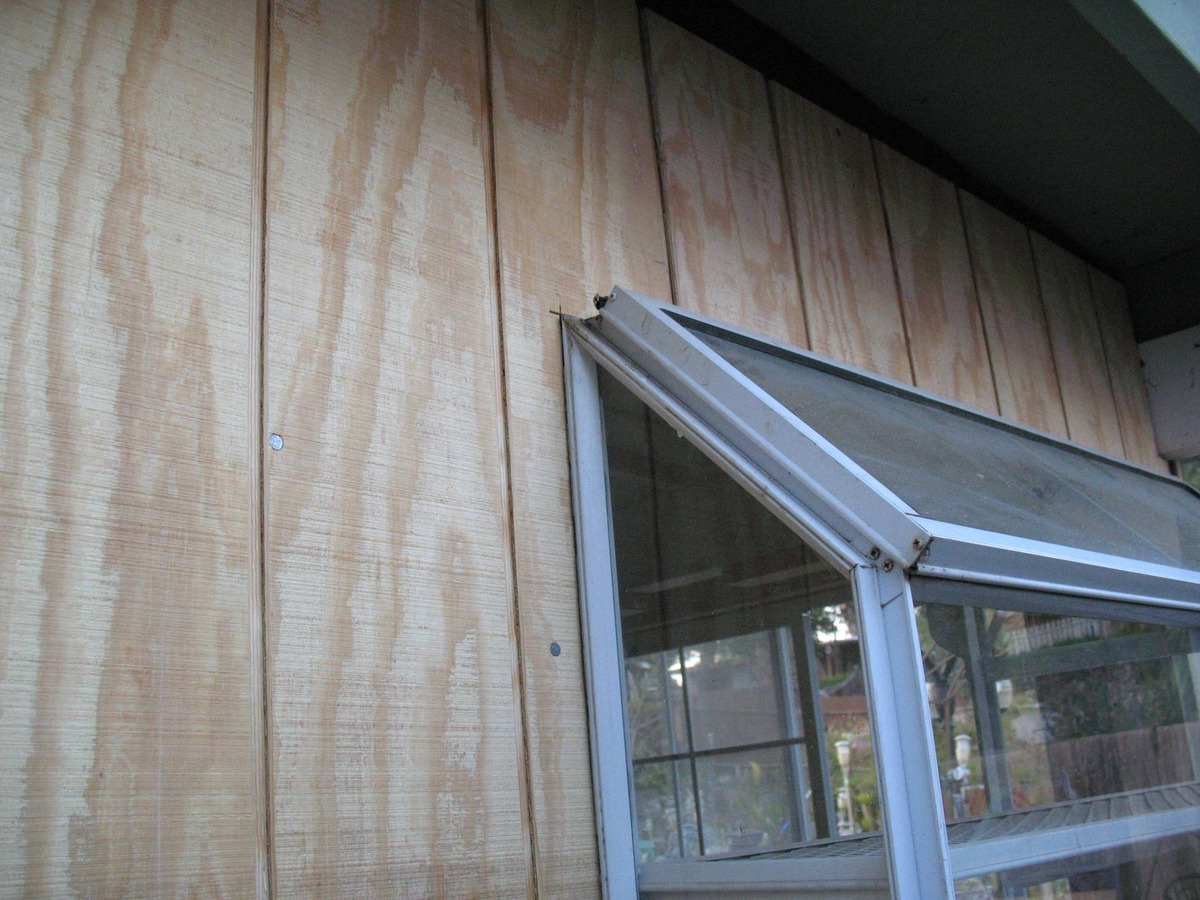

Articles
How To Install T1-11 Siding Around Windows
Modified: October 28, 2024
Learn how to install T1-11 siding around windows with our comprehensive articles. Gain step-by-step guidance and tips from the experts.
(Many of the links in this article redirect to a specific reviewed product. Your purchase of these products through affiliate links helps to generate commission for Storables.com, at no extra cost. Learn more)
Introduction
Welcome to our step-by-step guide on how to install T1-11 siding around windows. T1-11 siding is a popular choice for exterior cladding due to its durability and versatility. Installing this type of siding around windows can add a beautiful finishing touch to your home while protecting it from the elements.
In this guide, we will walk you through the process of measuring, cutting, and installing T1-11 siding around windows. We will also discuss the importance of window trim and provide tips on caulking and finishing the siding. Whether you are a seasoned DIY enthusiast or a beginner, this article will provide you with the knowledge and confidence to tackle this project.
Before we dive into the details, it’s important to gather all the necessary tools and materials. You will need a measuring tape, circular saw, jigsaw, level, hammer, nails, screws, caulk, and a paintbrush or roller for finishing. Additionally, ensure that you have the correct T1-11 siding panels for your project and that they are properly primed or treated for outdoor use.
Remember, safety should always be a priority when working on any construction project. Wear the appropriate protective gear, such as gloves and safety glasses, and use caution when operating power tools. If you are not comfortable or experienced with these tasks, it may be best to consult a professional for assistance.
Now let’s get started with step one: measuring and preparing the area around the windows.
Key Takeaways:
- Proper preparation is crucial for a successful T1-11 siding installation. Accurate measurements, clean surfaces, and the right tools set the stage for a professional and durable finish around your windows.
- From precise cutting to meticulous caulking and finishing, each step in the T1-11 siding installation process contributes to the overall beauty and longevity of your home’s exterior. Safety and attention to detail are key throughout the project.
Read more: How To Install Z-Flashing On T1-11 Siding
Step 1: Measure and prepare the area around the windows
Before installing T1-11 siding around windows, it’s important to ensure that you have accurate measurements and properly prepare the area. Here’s how to do it:
- Start by measuring the width and height of each window opening. Use a measuring tape to get precise measurements, taking into account any trim or framing that may be around the windows.
- Once you have the measurements, add a few inches to both the width and height to allow for trim and overlap. This will ensure a clean and professional-looking installation.
- Next, determine the placement of the window trim. The trim will help cover any gaps between the siding and the window frame, providing a neat and polished appearance. Measure and mark the desired location for the trim around each window.
- Before proceeding, it’s important to make sure the area around the windows is properly prepared. Remove any existing siding or trim, and inspect the wall for any damage or rot. Repair or replace any damaged areas before continuing with the installation.
- Clean the wall surface thoroughly to remove dirt, debris, and loose paint. This will ensure proper adhesion of the siding.
- Lastly, apply a weather-resistant barrier, such as house wrap or building paper, to the wall. This will provide an additional layer of protection against moisture and help improve the energy efficiency of your home.
By taking the time to measure accurately and prep the area around the windows, you are setting the foundation for a successful T1-11 siding installation. Now that you have completed step one, let’s move on to step two: cutting the T1-11 siding to fit around the windows.
Step 2: Cut the T1-11 siding to fit around the windows
Now that you have measured and prepared the area around the windows, it’s time to cut the T1-11 siding panels to the appropriate size. Here’s a step-by-step guide on how to do it:
- Start by laying the T1-11 siding panel flat on a stable work surface. Ensure that you have adequate support underneath to prevent the wood from sagging or splintering during the cutting process.
- Using a measuring tape, mark the measurements you obtained earlier onto the T1-11 siding panel. Take into account the additional inches you added for overlap and trim.
- Once you have marked the measurements, it’s time to make the cuts. If you have straight cuts to make, a circular saw with a fine-toothed blade is the best tool for the job. Set the saw to the appropriate depth to avoid cutting into the underlying structure.
- For any curved cuts or intricate shapes around the windows, a jigsaw with a fine-toothed blade is recommended. Take your time and follow the marked lines carefully to ensure precise cuts.
- As you cut each piece, label the backside with corresponding markings or measurements. This will help you keep track of which piece goes where during the installation process.
- Continue cutting all the necessary pieces of T1-11 siding until you have enough to fit around each window. Double-check your measurements to ensure accuracy before proceeding to the next step.
Remember, safety is paramount when working with power tools. Always wear protective eyewear and follow the manufacturer’s instructions for operating the saws. If you are unsure or uncomfortable using power tools, consider seeking assistance from an experienced professional.
Now that you have successfully cut the T1-11 siding panels to fit around the windows, it’s time to move on to step three: installing the window trim.
Step 3: Install the window trim
Installing window trim not only adds an aesthetic touch but also helps create a seamless transition between the T1-11 siding and the window frame. Follow these steps to properly install the window trim:
- Start by measuring and cutting the trim pieces to fit around each window. Use a measuring tape and a miter saw to ensure precise cuts at the correct angles.
- Place the trim pieces around the perimeter of the window, aligning them with the markings you made during the preparation stage. The trim should cover the gaps between the T1-11 siding and the window frame.
- Secure the trim in place using nails or screws. Make sure to select fasteners that are appropriate for your particular siding and window frame material.
- Use a level to check that the trim is installed evenly and straight. Adjust as necessary to ensure a professional-looking finish.
- Fill any gaps or nail/screw holes with wood putty or caulk. Smooth the surface using a putty knife or your finger, and wipe away any excess using a damp cloth. This will help create a seamless appearance.
- Allow the putty or caulk to dry completely before moving on to the next step.
Installing window trim not only enhances the overall aesthetic appeal but also helps protect the edges of the T1-11 siding and the window frame from water infiltration and damage. It creates a finished look that adds a touch of elegance to your home’s exterior.
Now that you have installed the window trim, it’s time to move on to the next step: attaching the T1-11 siding to the wall.
When installing T1-11 siding around windows, be sure to properly flash and seal the window openings to prevent water infiltration. Use a waterproof membrane and flashing tape to create a watertight seal.
Step 4: Attach the T1-11 siding to the wall
With the window trim in place, it’s time to attach the T1-11 siding panels to the wall. Follow these steps to ensure a secure and precise installation:
- Start by positioning the first T1-11 siding panel next to the window. Leave a small gap (around 1/8 inch) between the panel and the trim to allow for expansion and contraction.
- Use a level to ensure that the panel is plumb, vertically straight. Adjust as necessary before securing the panel to the wall.
- Using a nail gun or screws, attach the T1-11 siding panel to the wall. Place the fasteners near the edges of the panel and avoid nailing or screwing through the center to allow for expansion.
- Repeat this process for the remaining siding panels, making sure to leave the same gap between each panel to allow for expansion.
- Overlap the edges of the adjacent panels according to the manufacturer’s instructions. This will provide additional weather protection and create a clean, seamless appearance.
- Continue attaching the T1-11 siding panels around each window, working your way from top to bottom and from left to right.
- Check the alignment and levelness of each panel as you go. Make any necessary adjustments to ensure a uniform and professional installation.
As you install the siding, it’s important to consider the weather conditions and follow any additional guidelines or recommendations provided by the manufacturer. Properly securing the T1-11 siding to the wall will ensure long-lasting durability and resistance to the elements.
Now that the T1-11 siding is securely attached to the wall, it’s time to move on to step five: applying caulk to seal the gaps and edges.
Read more: What Is T1-11 Siding
Step 5: Apply caulk to seal the gaps and edges
After attaching the T1-11 siding panels to the wall, it’s essential to seal any gaps and edges to prevent water infiltration and ensure a watertight installation. Follow these steps to apply caulk effectively:
- Start by inspecting the gaps between the T1-11 siding panels and the trim, as well as any other gaps or seams along the edges.
- Ensure that the surfaces are clean and dry before applying caulk. Remove any dust, debris, or loose caulk using a putty knife or a damp cloth.
- Select a high-quality exterior caulk that is compatible with the T1-11 siding material and suitable for outdoor use.
- Load the caulk cartridge into a caulking gun and cut the tip at a 45-degree angle, making a small opening.
- Apply a thin and even bead of caulk along the gaps and edges, using a steady and consistent motion. Start from one end and work your way to the other.
- Use a caulk smoothing tool or your finger to smooth and shape the caulk, ensuring that it fills the gaps completely and creates a neat, finished look.
- Wipe away any excess caulk using a damp cloth or sponge, taking care not to remove too much caulk from the gaps and edges.
- Allow the caulk to dry and cure according to the manufacturer’s instructions before moving on to the next step.
Applying caulk to seal the gaps and edges is crucial for maintaining the integrity and weather resistance of the T1-11 siding installation. It helps prevent moisture from entering and causing damage, while also improving the overall appearance of the siding.
Now that you have applied caulk to seal the gaps and edges, it’s time to proceed to step six: painting or finishing the siding.
Step 6: Paint or finish the siding
With the T1-11 siding installed and all the gaps sealed, the final step is to paint or finish the siding to enhance its appearance and protect it from the elements. Follow these steps for a professional-looking finish:
- Start by inspecting the T1-11 siding for any imperfections, such as rough spots or nail heads that are sticking out. Use sandpaper or a sander to smooth the surface and eliminate any rough edges.
- Clean the siding using a mild detergent and water, or a pressure washer if needed. This will remove any dirt, dust, or debris that may have accumulated during the installation process.
- If necessary, apply a coat of primer to the T1-11 siding. Primer helps improve paint adhesion and provides an extra layer of protection. Follow the manufacturer’s instructions for application and drying times.
- Choose a high-quality exterior paint or stain that is designed for use on T1-11 siding. Consider the climate and the desired aesthetic when selecting the color.
- Using a brush, roller, or sprayer, apply the paint or stain to the siding, following the grain of the wood. Start from the top and work your way down, ensuring even coverage and avoiding drips or runs.
- Allow the first coat to dry completely, and then apply a second coat if necessary. Multiple coats will provide better protection and a more uniform finish.
- Take care to paint or stain the areas around the windows and trim, ensuring full coverage and a seamless blend with the rest of the siding.
- After the final coat has dried, inspect the siding for any touch-up areas or missed spots. Use a small brush to make any necessary corrections or touch-ups.
Properly painting or finishing the T1-11 siding will not only enhance its appearance but also protect it from weathering, UV rays, and other environmental factors. Regular maintenance, such as repainting every few years, will help extend the lifespan of the siding and maintain its beauty.
Congratulations! You have successfully completed all the steps to install T1-11 siding around windows. Your home now has a beautiful and durable exterior cladding that will not only enhance its curb appeal but also provide protection for years to come.
Remember, if you are not comfortable or experienced with this type of project, it’s always best to consult with a professional for assistance. Safety and quality should be a top priority when working on any home improvement project.
We hope this guide has been helpful and that your T1-11 siding installation was a success. Enjoy the transformed look and the added value that the new siding brings to your home!
Conclusion
Installing T1-11 siding around windows can greatly enhance the appearance and durability of your home’s exterior. By following the step-by-step guide provided in this article, you now have the knowledge and confidence to tackle this project on your own.
We started by measuring and preparing the area around the windows, ensuring accuracy and proper alignment. Cutting the T1-11 siding to fit around the windows was the next step, utilizing the right tools and techniques for precise cuts.
Installing the window trim added a polished finish and helped cover gaps between the siding and the window frame, while attaching the T1-11 siding panel to the wall secured it in place.
Applying caulk to seal the gaps and edges ensured a watertight installation, while painting or finishing the siding added aesthetic appeal and protection from the elements.
Throughout the process, safety should always be a priority. Remember to wear protective gear and exercise caution when using power tools.
Now that you have completed the installation of T1-11 siding around windows, take a step back and admire the transformation. Your home now boasts a beautiful and durable exterior cladding that will not only improve its curb appeal but also provide protection for years to come.
If you are unsure about any step or lack experience, it is always best to consult with a professional contractor who can ensure a seamless and expert installation.
Thank you for following our guide. We hope it has been helpful in your T1-11 siding installation journey. Enjoy the renewed look and added value that the new siding brings to your home!
Now that you've mastered installing T1-11 siding around windows, why not tackle more projects to spruce up your space? Our guide on DIY home improvement offers practical advice and creative solutions for enhancing your home on your own. From simple repairs to more ambitious renovations, you'll find all the resources needed to transform your home into a haven of comfort and style. Don't miss out on these valuable insights—dive into our DIY guide and start shaping your home to better suit your tastes and needs.
Frequently Asked Questions about How To Install T1-11 Siding Around Windows
Was this page helpful?
At Storables.com, we guarantee accurate and reliable information. Our content, validated by Expert Board Contributors, is crafted following stringent Editorial Policies. We're committed to providing you with well-researched, expert-backed insights for all your informational needs.
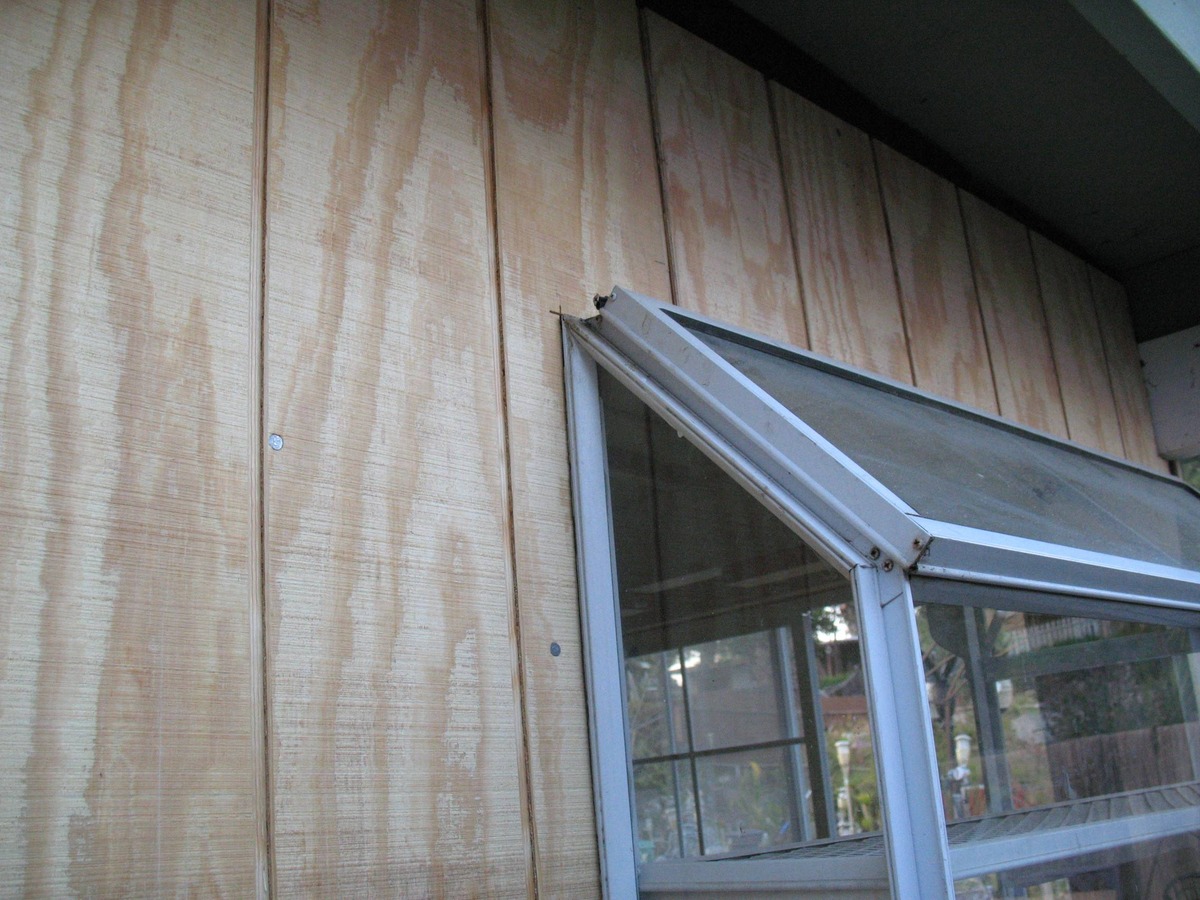
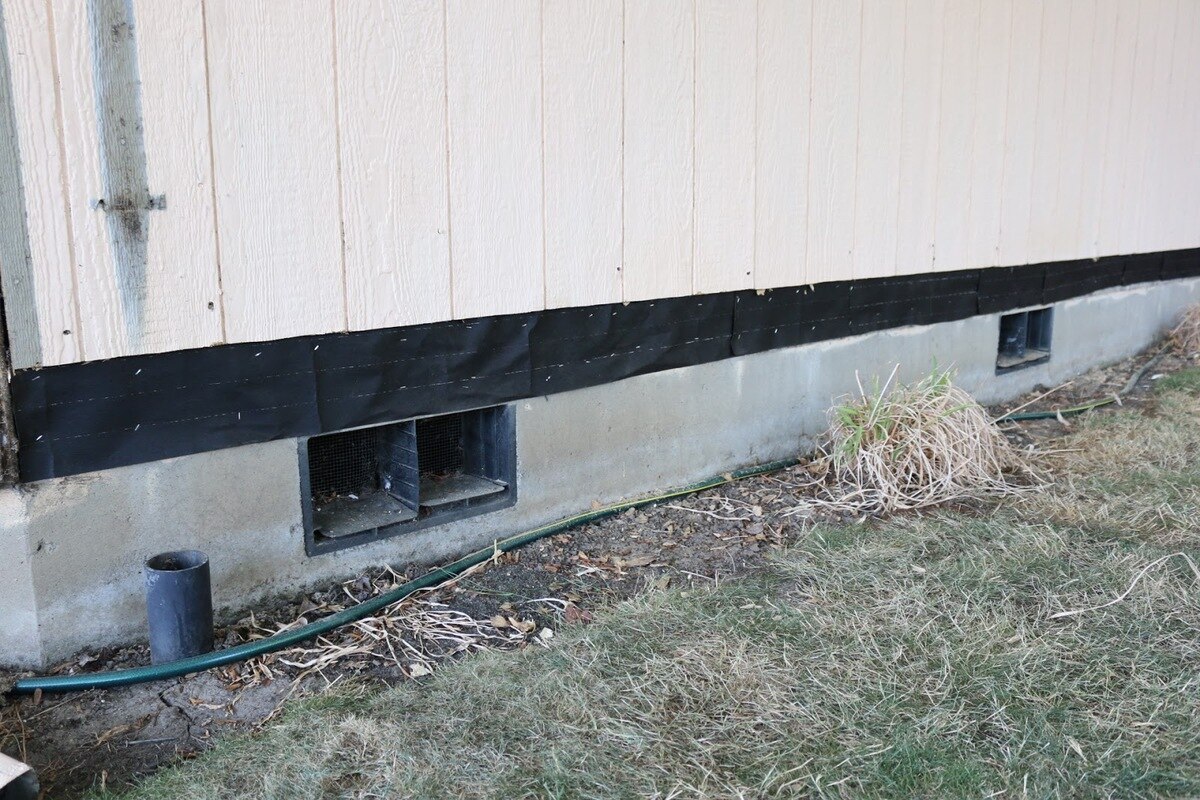
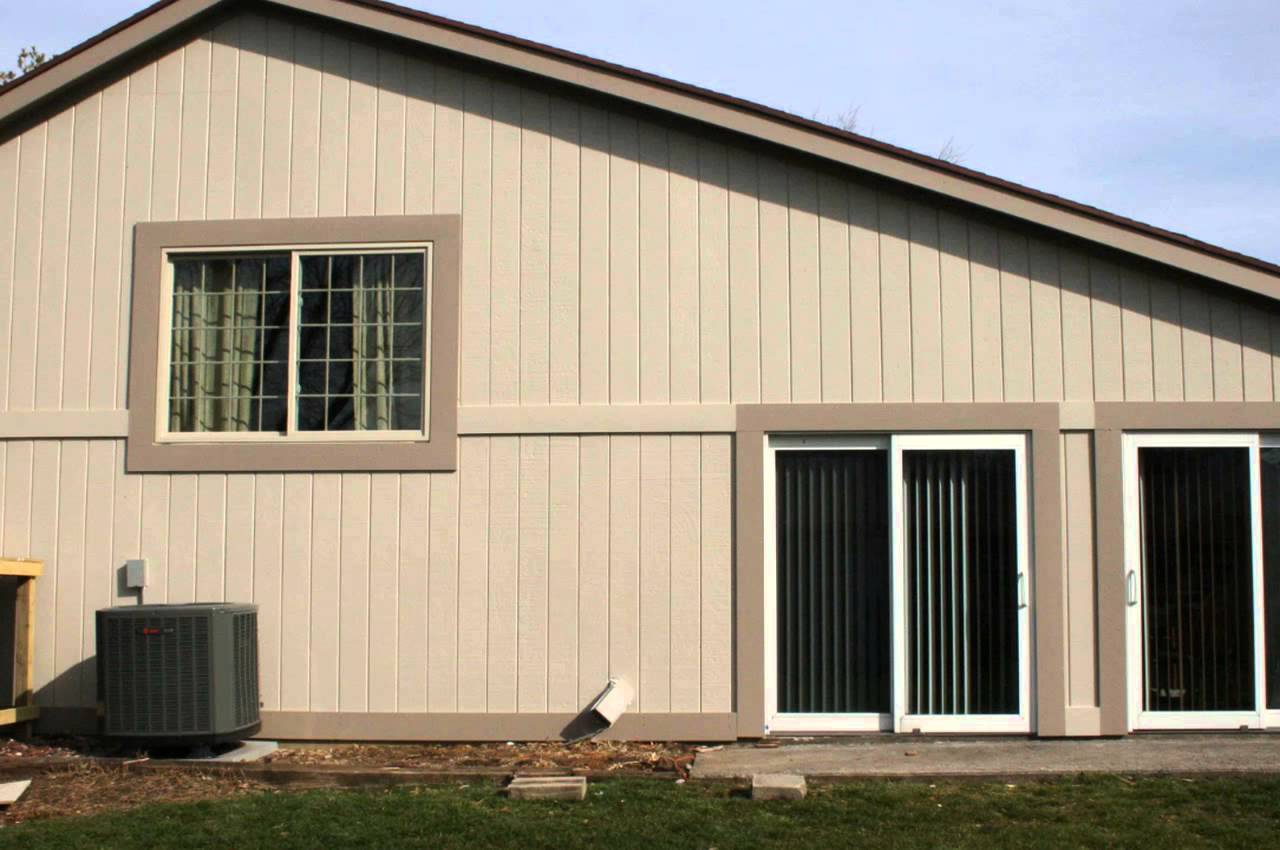
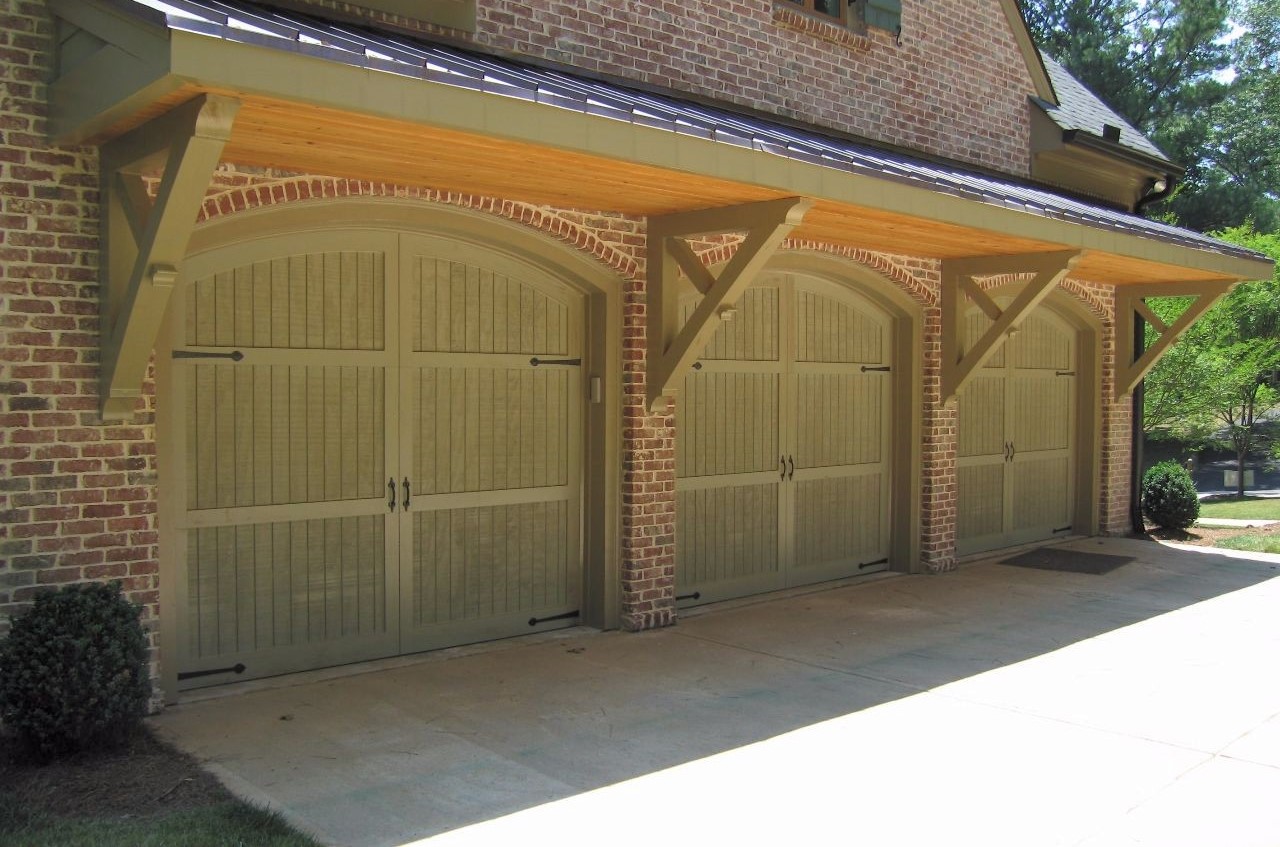
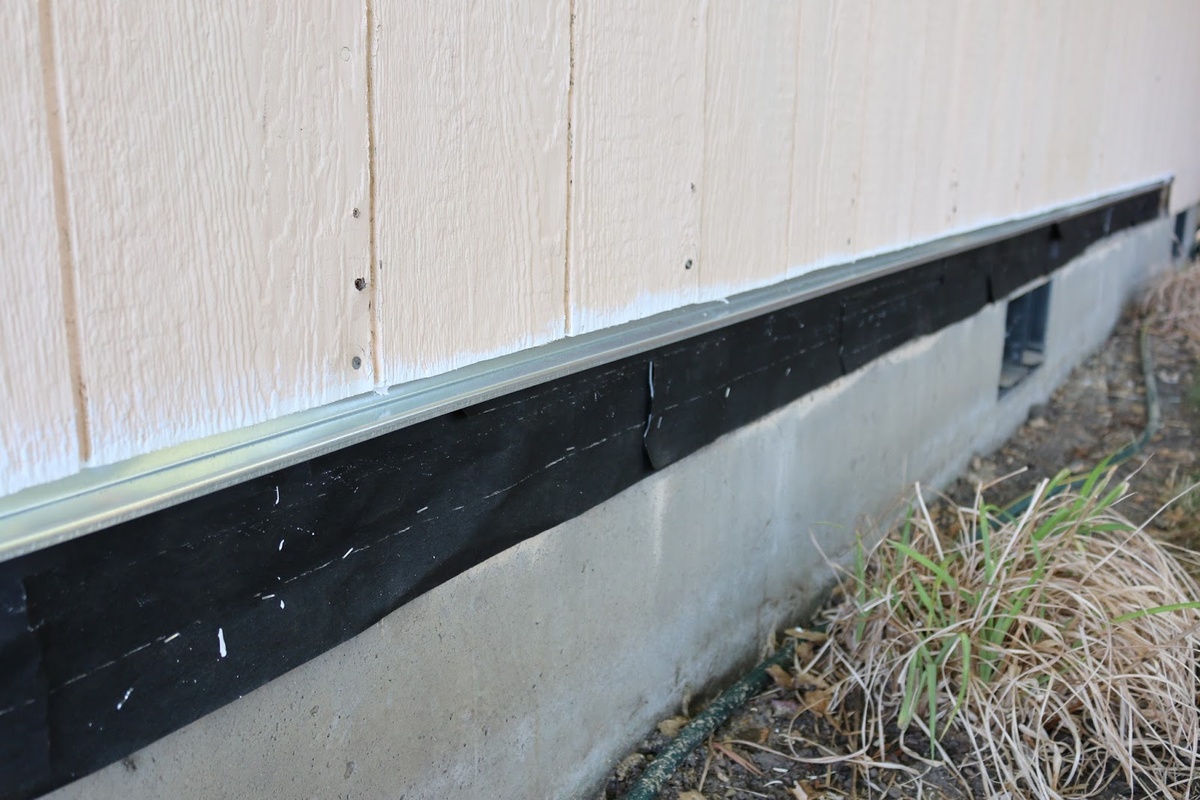


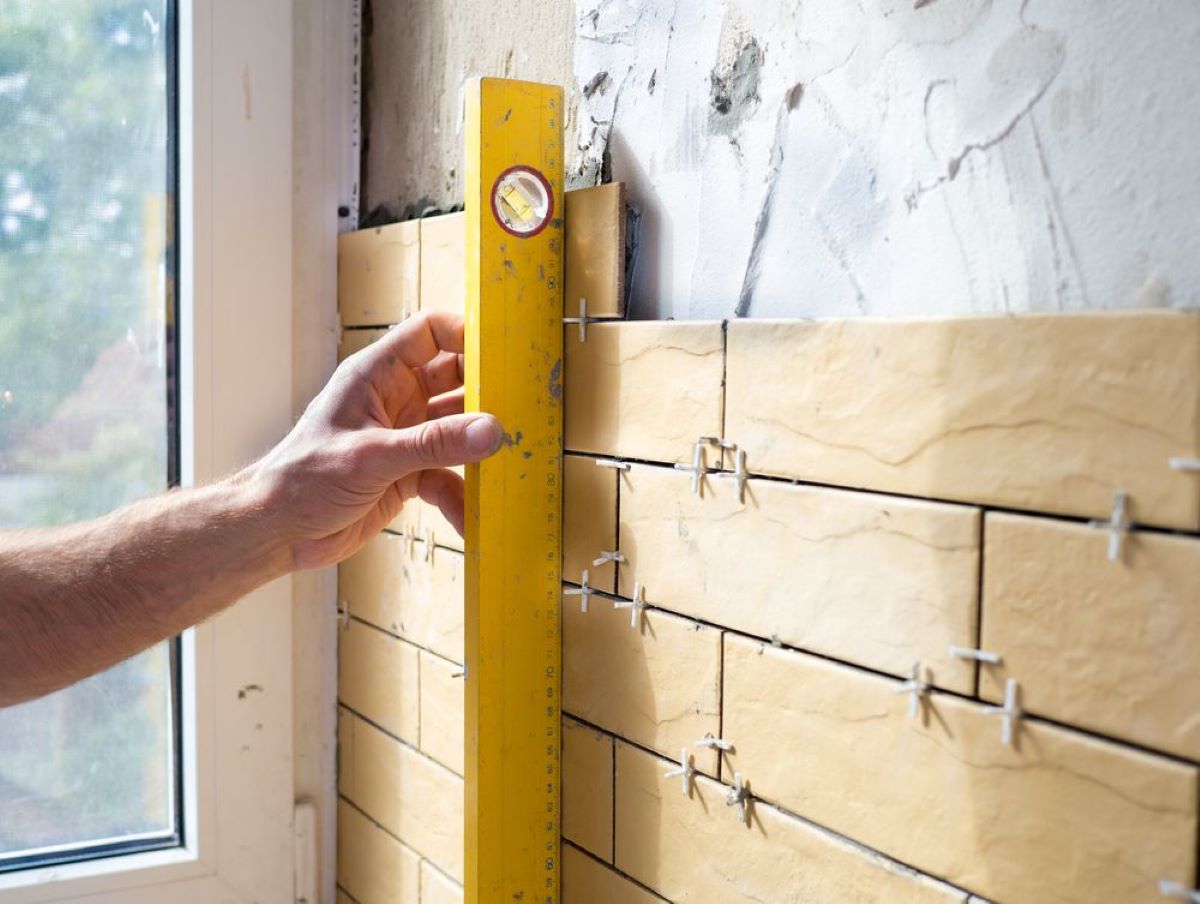

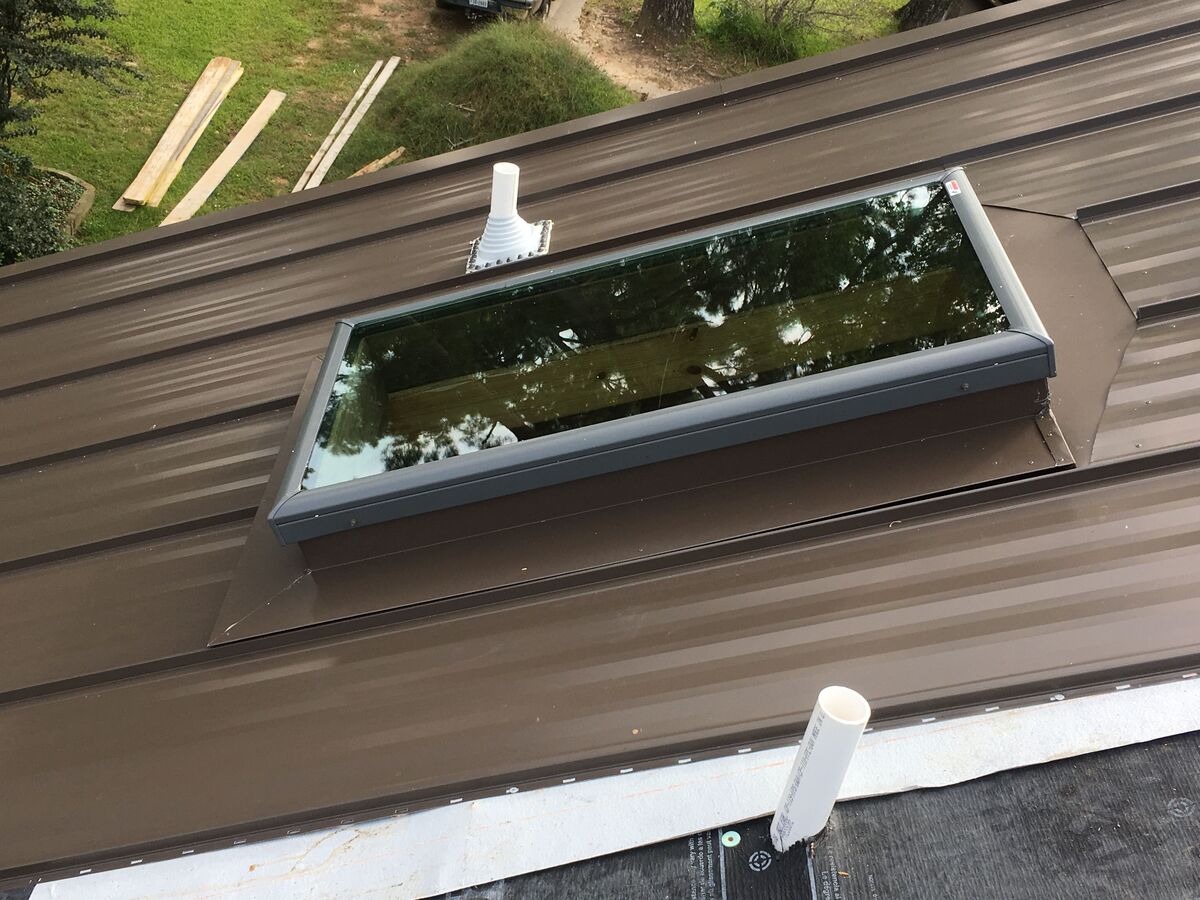
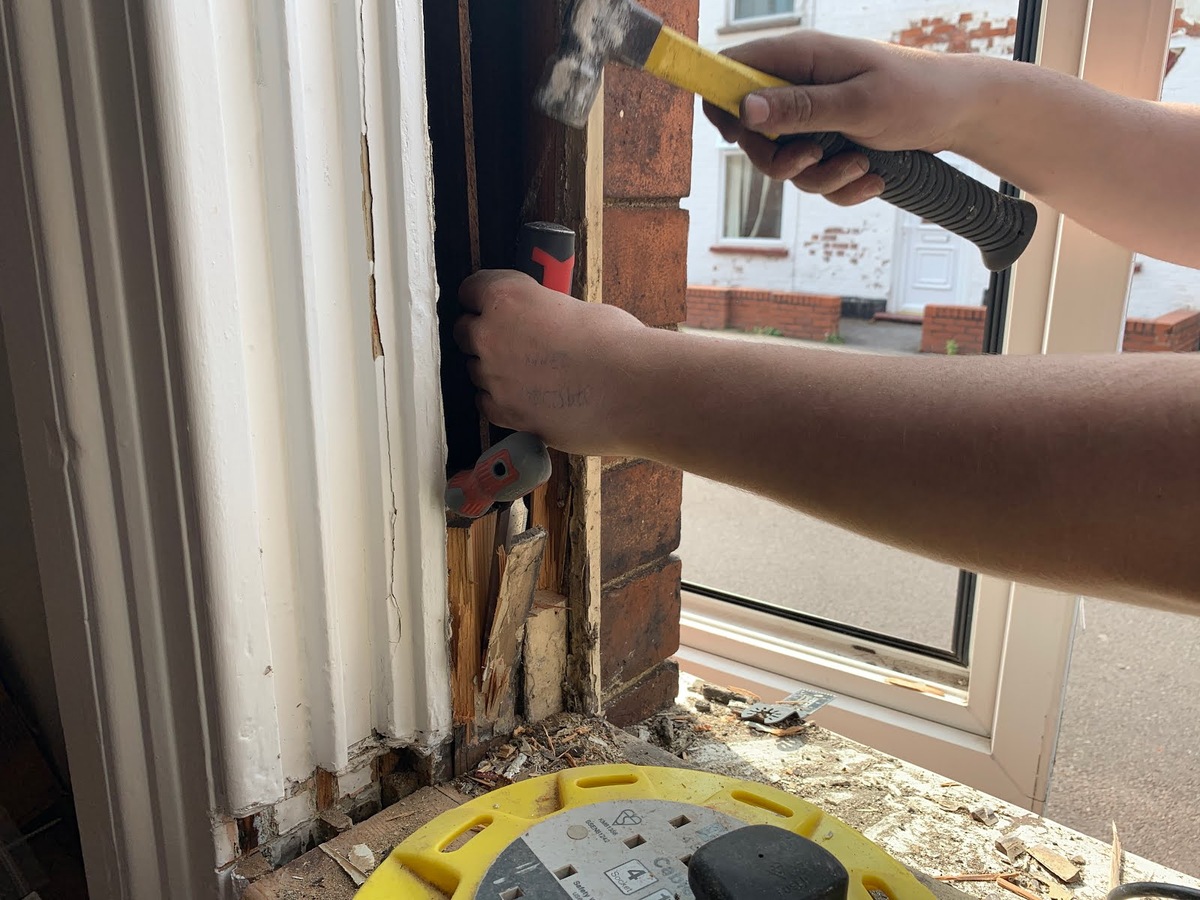
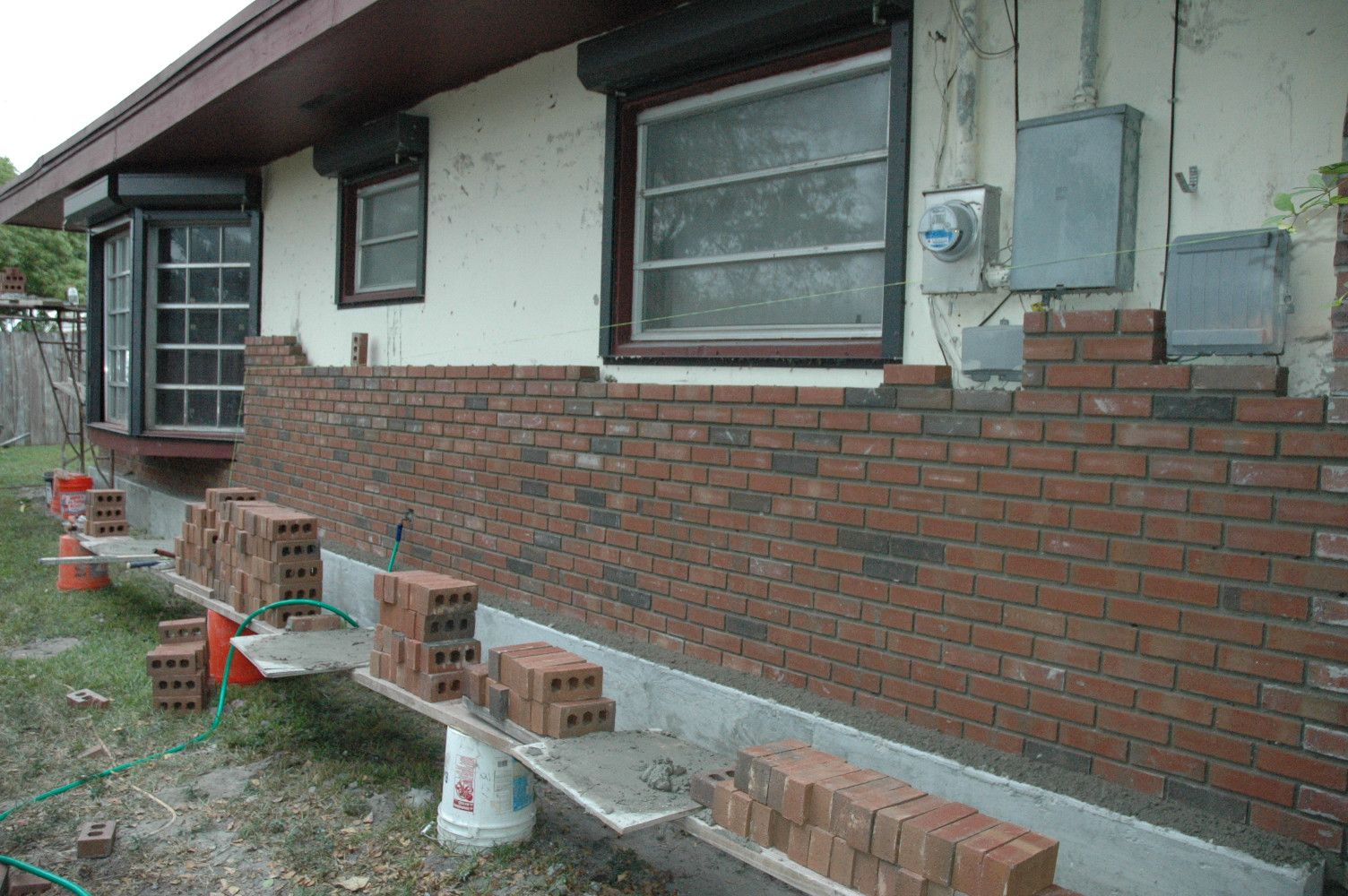
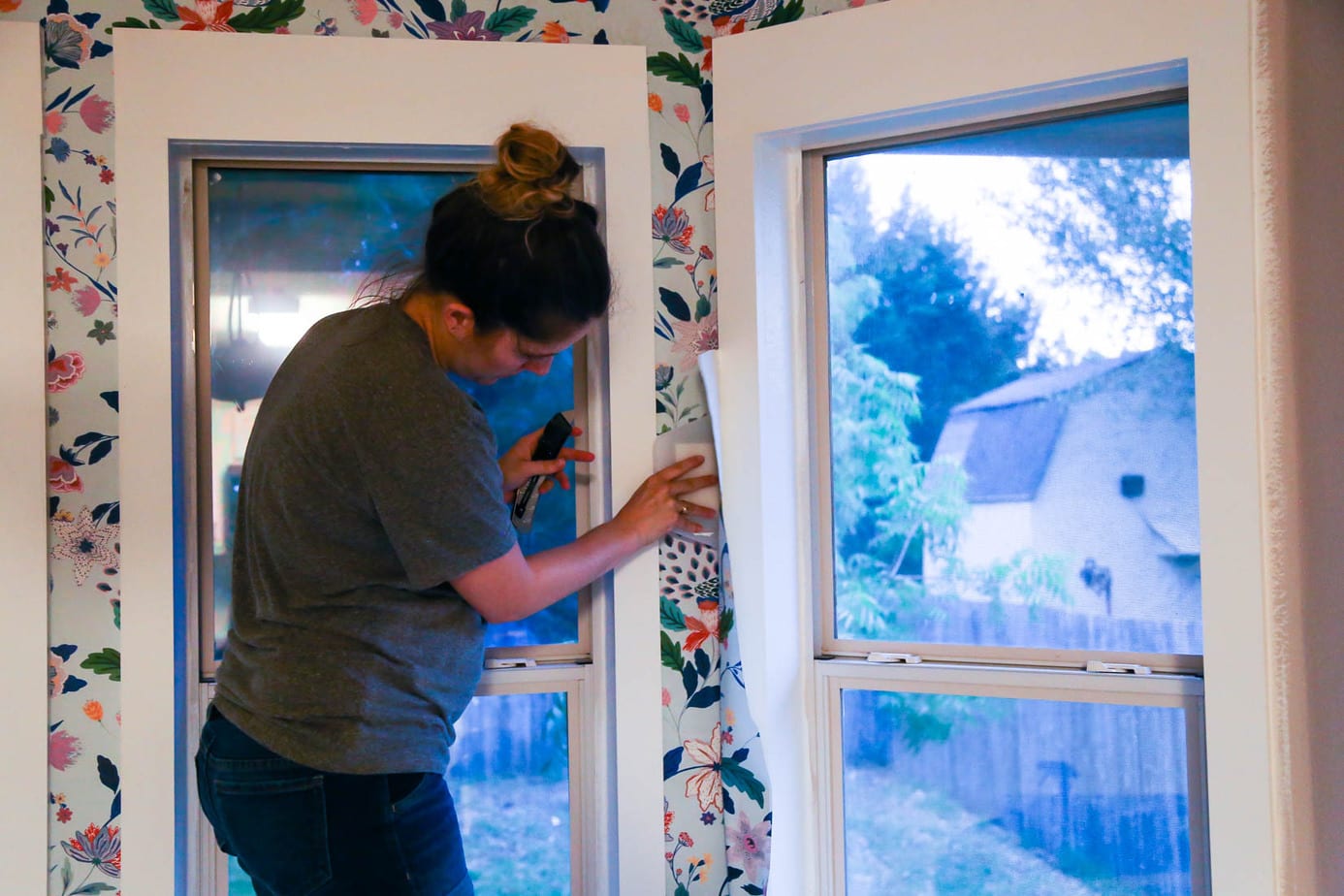


0 thoughts on “How To Install T1-11 Siding Around Windows”